Dried beans cost less than diamonds. That probably does not come as a surprise to you, but it has always been baffling to me.
Both beans and diamonds come from below the Earth’s surface, are generally sold in the form of small, hard objects, and may be passed down from one family member to another over the years. But while one is a colorless mineral, identical to all other gemstones of the same name and has a single, superficial redeeming quality—it sparkles!—the other is a highly nutritious edible seed that comes in countless colors and is capable of reproducing itself endlessly. A diamond may be universally admired, but is lifeless and landless, held in the possession of relatively few individuals; beans belong to everyone and bear within them the stories of specific people and places.
An heirloom bean is just what its name implies—a precious item to be cared for from one generation to the next. Indigenous and immigrant populations alike have done just that over the course of centuries and deserve gratitude for the hundreds of varieties of heirloom beans we have today. Their legacy has been supported by others who have come to steward heirloom beans on a path of their own making, motivated by passion rather than familial tradition. Steve Sando falls into this latter group.
Sando had very little agricultural experience when he planted his first heirloom bean shortly before founding Rancho Gordo in 2001. Today, the Rancho Gordo warehouse and retail shop in Napa, California, are stocked with the heirloom beans of about 15 partner farms, each of which specializes in growing one or two varieties. Of the 35 varieties that make up Rancho Gordo’s selection of heirloom beans—give or take a few depending on the vagaries of agriculture—about 25 varieties grow in Central California and elsewhere along the West Coast of the United States, 10 varieties grow in Mexico, and a few grow in Europe.
The heirloom bean industry has experienced a steep uptick in public interest in recent years and received unprecedented attention in 2020 as more people sought the security of shelf-stable food products and began to cook more often at home as a result of the COVID-19 pandemic. But the situation was very different when Sando founded Rancho Gordo 20 years ago.
Around the turn of the new millennium, Sando began selling his homegrown heirloom beans at the farmers market in Yountville, California.
“When I first started at the farmers markets, mostly no one cared and I was very lonely,” he recalls. “If they did care, they were old boomer hippies who were horrified at the price.”
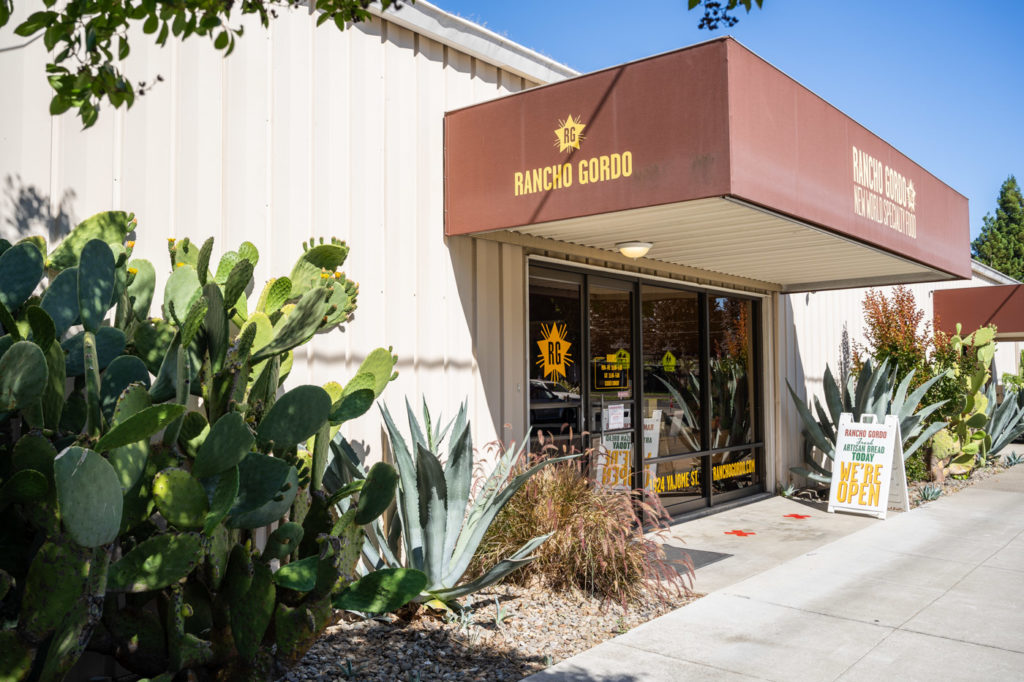
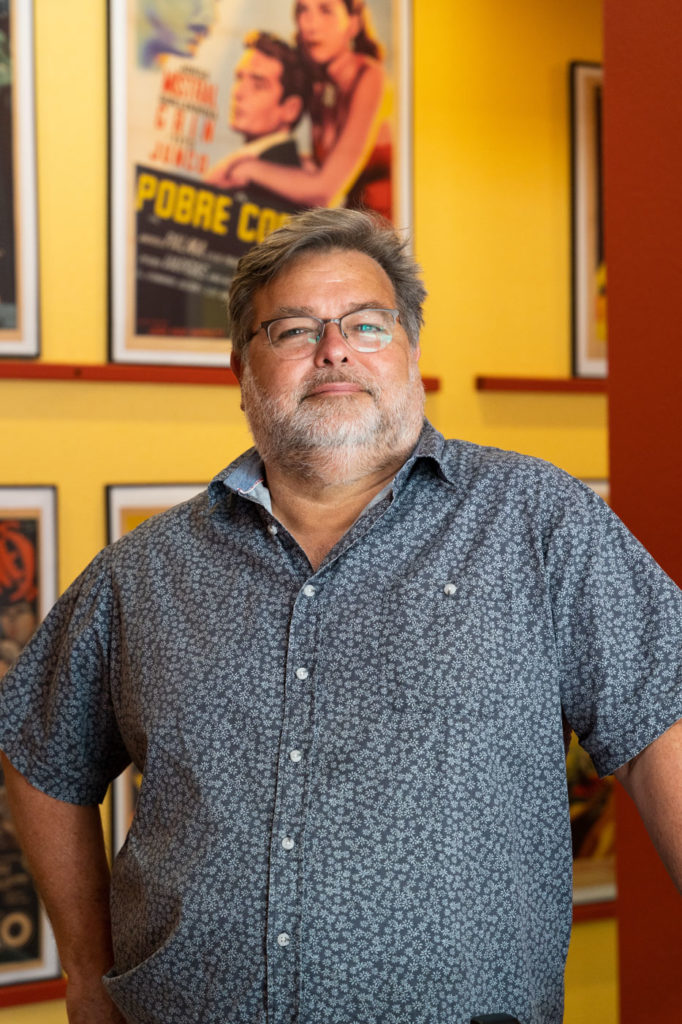
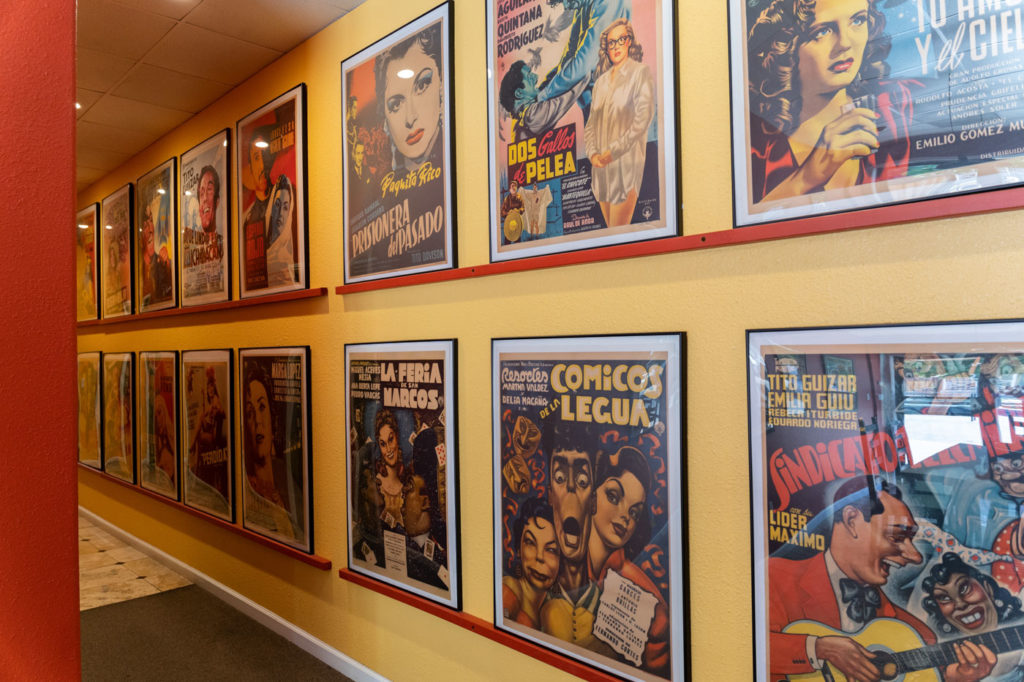
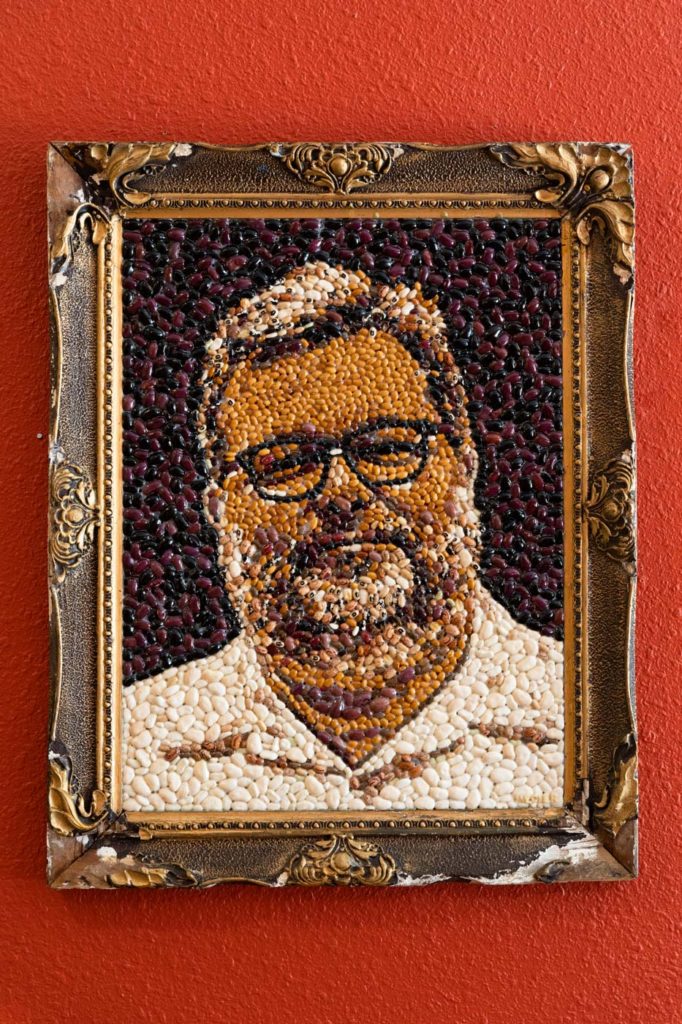
“Heirloom beans are hard to grow and the yield is low,” Sando says, by way of explaining the price of his products. “Still, per person a portion costs about 50 cents. I don’t know what other protein can match that.”
While it is true that heirloom beans are a more affordable option than many other high-protein food sources (such as meat and dairy products), the horrified hippies of Sando’s early farmers market days were more concerned about the difference in price between his beans and the beans they were accustomed to buying at the grocery store.
“I don’t want to discount commodity beans because they feed a lot of people,” says Sando before describing how commodity bean farmers and heirloom bean farmers are driven by different sources of motivation.
For a commodity bean farmer, “You want to produce as much as possible so you can lower the price,” explains Sando. When it comes to choosing which beans to grow, “Their whole point is, is it consistent? Is it easy to harvest? The question is never: what does it taste like?”
For Sando, taste is essential. It is the reason he felt compelled to start selling heirloom beans in the first place, and it remains at the heart of his business plan. “The greenness and the health benefits of beans are added bonuses to me,” claims Sando. “But people don’t buy moral food. It has to taste great.”
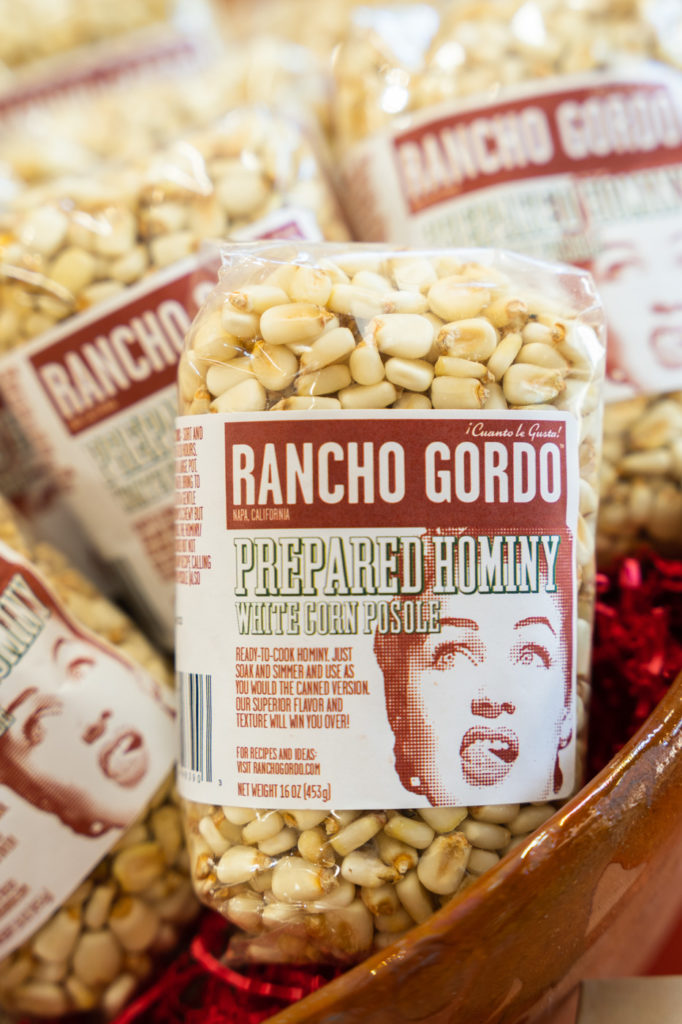

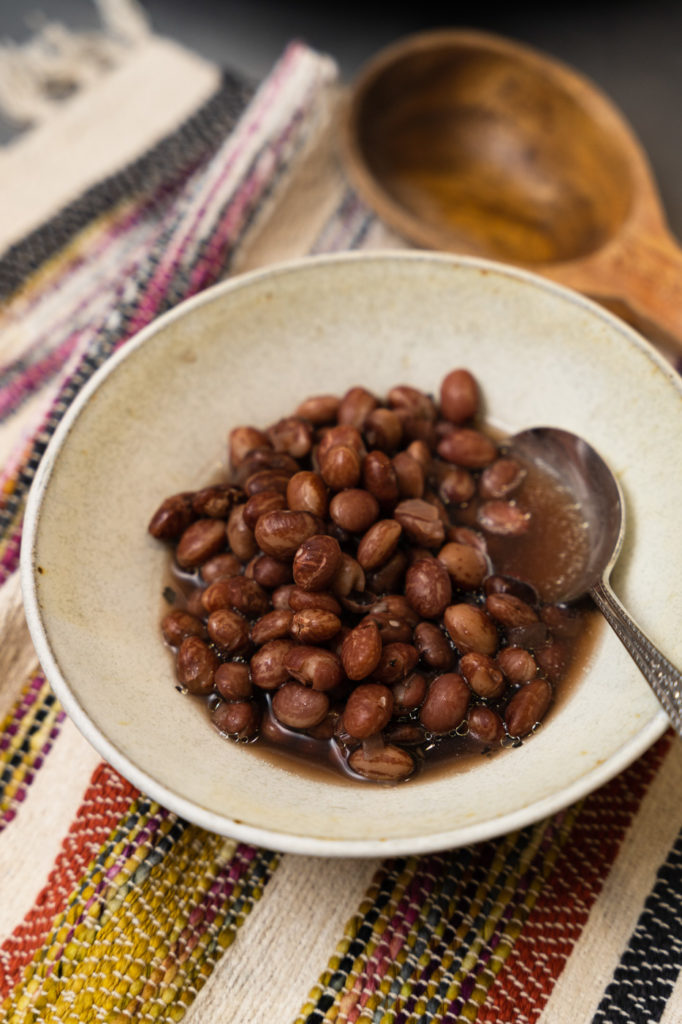
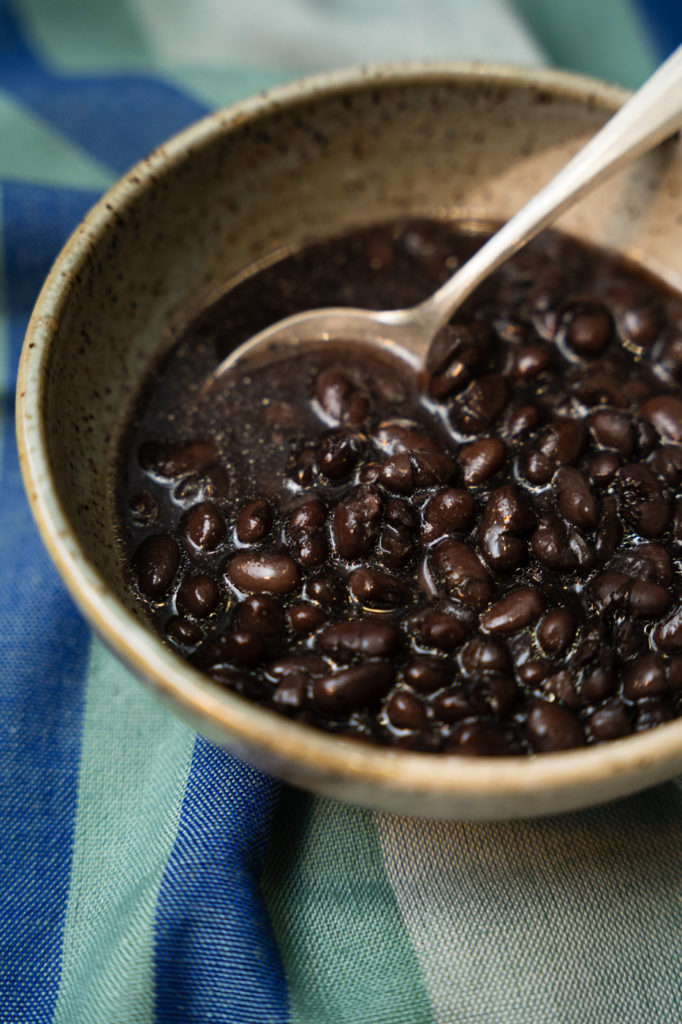
Throughout history, heirloom beans have been grown by small farmers to feed themselves, their families, and their communities, which means there has always been an impetus to breed these beans based on flavor. Sando hopes to shift the public perception of beans away from the belief that they are a bland “health food” to be suffered through in place of meat toward an understanding that beans can be delicious and even downright “indulgent.”
It is not only the taste, but the texture of heirloom beans that lends to a superior eating experience, which is a direct result of the freshness of the beans.
“Go to the grocery store and you could have beans that are five to 10 years old,” says Sando. Buy dried beans instead from your local farmers market or from an heirloom bean seller like Rancho Gordo, and it is highly likely that you are purchasing “new crop” beans that were harvested just a few months ago.
“Our goal is always to grow two years’ worth, but it’s really rare if we have anything over a year,” says Sando of how long Rancho Gordo beans are stored before reaching customers. Because their partner farms only grow a small quantity of each bean and Rancho Gordo has garnered a loyal following over time, they usually sell out of each variety before the next batch of beans is harvested.
While dried beans that have been in storage for several years often become mushy when cooked, fresher beans stay intact and offer a range of pleasant consistencies from firm to creamy depending on the variety.
Of the hundreds of flavorful, beautiful heirloom bean varieties grown around the world, Sando is most interested in those that are indigenous to North America. Though Rancho Gordo focuses primarily on promoting the extraordinary culinary characteristics of these beans, Sando’s personal interest has deeper roots; he feels strongly that beans are part of our collective history and run the risk of disappearing from our future if we do not make the effort to support those who grow them.
“My issue here in Napa is that people are making balsamic vinegar and that tradition is really safe,” says Sando. (Balsamic vinegar has been certified by the European Union with two Protected Designation of Origin and one Protected Geographical Indication labels that safeguard traditional production methods. Though true balsamic vinegar can only be produced in a small part of Central Italy, it has global recognition.) “I don’t think we need to worry about losing that, but people don’t know what a Rio Zape is, and that’s our culture [in North America].”
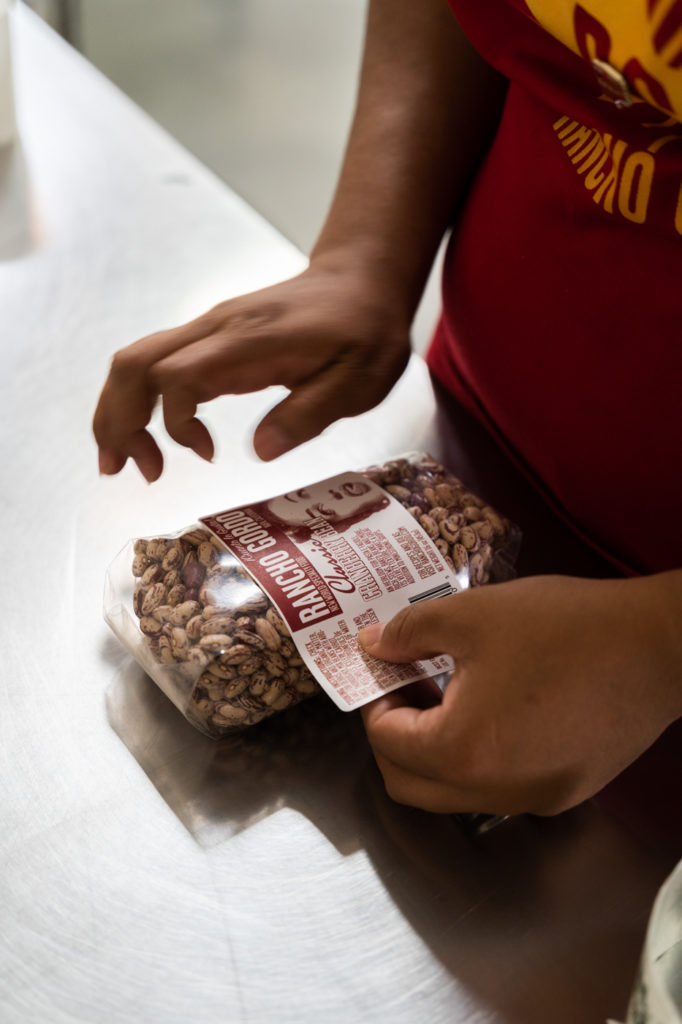
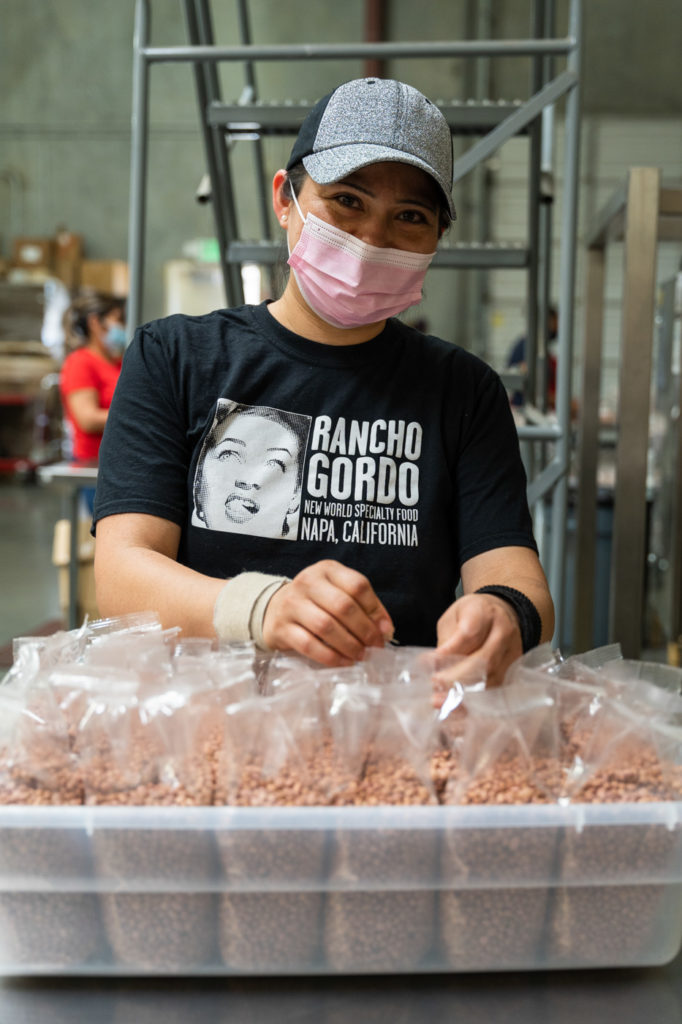
To preserve indigenous crops (such as the Rio Zape bean, which is related to the more commonly known pinto bean) in the U.S. and elsewhere in the world, we need to educate ourselves about edible native plants and about the history of colonization that has sought to eradicate them—in some cases literally and successfully.
Europeans came to North America roughly five centuries ago, bringing with them an assortment of seeds and livestock that displaced indigenous crops as they established colonies. In Mexico, where the arrival of Spaniards led to the loss of local agricultural traditions and plant varieties, there is a lingering distrust of outsiders with plans to profit from Mexican land.
On a trip to Mexico in search of heirloom black beans in the early 2000s, Sando discovered that farmers were hesitant to speak with him, expecting him to request that instead of growing their heirloom beans, they switch to growing Michigan Blacks. (If you have ever eaten a black bean, chances are it was a Michigan Black, one of the most widely grown varieties of black bean.) With the help of translators, Sando tried to explain that he was not interested in overhauling their farming practices, telling them, “We want your grandma’s beans.”
Sando originally went to Mexico to find heirloom beans to bring back to grow in California, but realized farmers perceived this as offensive. He learned that to take their heirloom beans for seed would be to steal something of immense value to them, both culturally and financially. For this reason, Sando launched the Rancho Gordo-Xoxoc Project. Through this initiative, Rancho Gordo pays farmers in Mexico to grow their indigenous heirloom beans, then imports those beans for sale as a food product to be eaten, not grown.
Although it would be cheaper for Rancho Gordo to grow these beans in California, this process offers increased earning potential for farmers in Mexico who partner with Rancho Gordo, as well as a financial incentive to protect their local agricultural traditions. And, Sando points out, “Here on this side of the border [in the U.S.], we get some incredible beans and we get to learn about a different culture.”
Key to this partnership is continued public interest in heirloom beans. “It’s very hard because with food and agriculture there’s sort of a flavor of the week,” explains Sando. “Food magazines get on to something like quinoa, and then we burn it out and run, and now we’re on to the next superfood.”
This tendency to become obsessed with an ingredient—or more accurately, a crop—can be extremely disruptive to a community and devastating for farmers, who plan their lives and devise agricultural schedules around plants that grow at a pace governed by nature, not the attention span of consumers. A boom in sales of quinoa, turmeric or whatever the latest “superfood” is can lead a farmer to invest in new equipment to plant more crops, only to find their buyer uninterested the following season.
“Beans had their moment last year, people say,” Sando remarks, referring to the explosion of excitement for home cooking that took place around the start of the pandemic, leading people to experiment with ingredients, including dried beans. “I was horrified. My goal was really to incorporate this into America’s diet, not to be some food trend.”
Rancho Gordo has made considerable progress toward this goal, especially through the establishment of their Bean Club. As of May 2021, 11,000 people are enrolled to receive quarterly shipments of heirloom beans as members of the club, and 33,219 people remain on a waiting list to join. It may take a while to meet this demand, but in the meantime, Bean Club memberships reinforce the stability of Rancho Gordo’s partnerships with bean growers.
“We’ve been there [partnering with farmers in Mexico] for 12 years and I’m really big on staying and creating a long-lasting relationship, rather than becoming a hot topic on Twitter,” continues Sando, touching on an under-discussed aspect of sustainable agriculture.
Plenty has been written about the sustainability of growing and consuming beans from an environmental standpoint. Some writers focus on the ecological advantages of farming beans—for example, how they improve the quality of the soil they grow in, which means other crops grown in the same soil with or after beans will be more nutritious and abundant without the use of chemical fertilizers that are absorbed into waterways and cause harm to nearby people, plants and animals. Some focus on beans in comparison to other high-protein food sources—specifically meat—highlighting the fact that farming beans requires less water and emits less greenhouse gases than raising livestock.
When considering the environmental impact of beans, it is worth noting heirloom beans, in particular, are uniquely equipped to survive and even counteract the consequences of climate change because they are specifically adapted to their local climate conditions. Tepary beans, for example, have been grown by the Hopi people in the deserts of the American Southwest for hundreds, if not thousands, of years so that the beans thrive without irrigation, producing vital sustenance even in a drought. Similarly, Ayocote beans are able to grow in regions of Mexico where the dry, rocky terrain makes it impossible to farm any other crops.
But the concept of sustainability is built upon three pillars, of which environmental sustainability is just one and should not be separated from social and economic sustainability. True sustainability depends on the wellbeing of the land and all of the lives that live upon it, which for humans means we must be able to keep both our bodies and our cultural heritage alive.
In choosing to consistently buy heirloom crops directly from farmers and small businesses like Rancho Gordo, we make the decision to actively support a more environmentally, socially and economically sustainable society and to help ensure there will be future generations to inherit our heirlooms of all kinds.





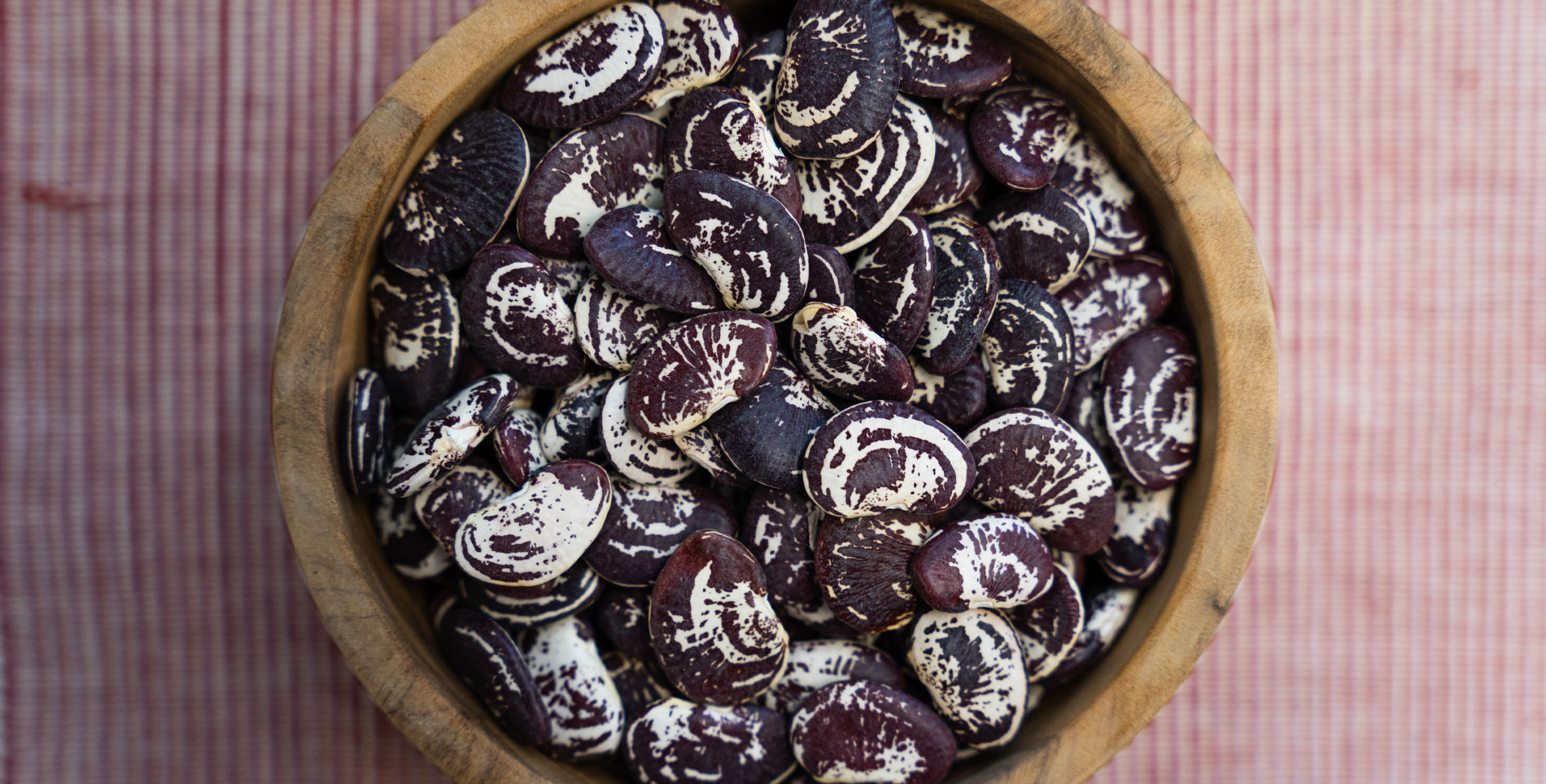

Our comments section is for members only.
Join today to gain exclusive access.